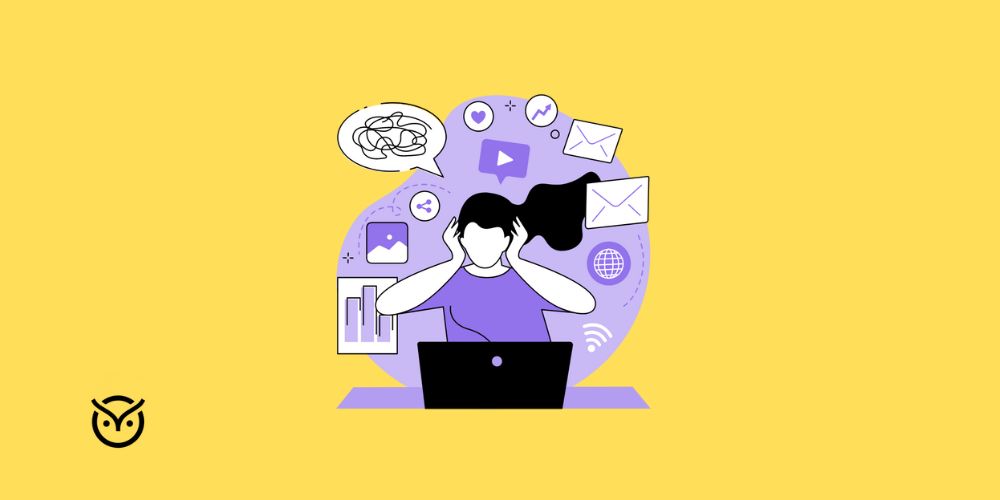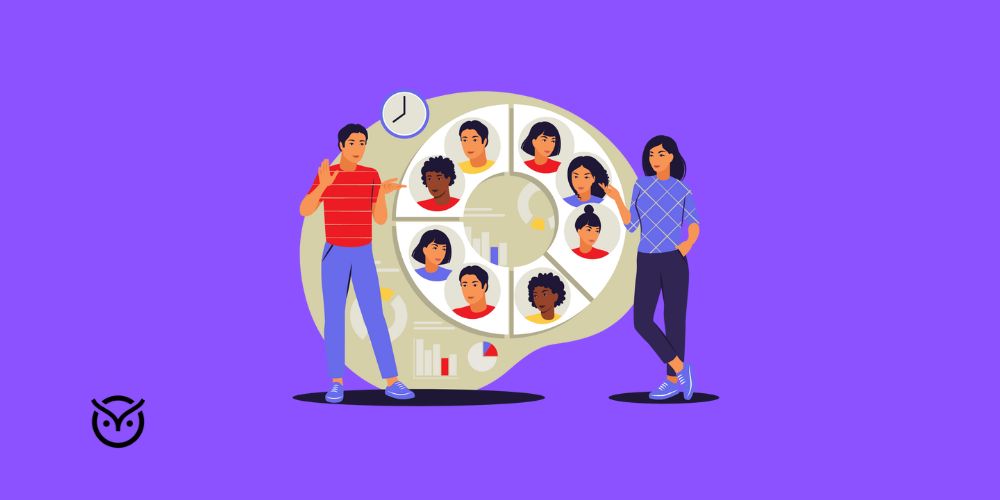
TL;DR
- AI resume screening tools speed up hiring and handle large application volumes.
- They replace manual recruitment screening with smarter, data-based methods.
- They boost efficiency but risk missing strong unconventional candidates.
- All company sizes use them to improve employee onboarding.
- Human oversight still matters for fairness and sound judgment.
Imagine your recruiting team is buried under hundreds of applications after posting a job. Hours are lost in sifting through resumes and excellent candidates slip through because the volume overwhelms the best efforts. That’s the pain many companies face in the early phase of the hiring cycle, especially when they aim to improve their employee onboarding process optimization.
Now imagine those piles of resumes analyzed by software that flags the best matches, surfaces relevant skills and experience and hands the recruiter a refined list. That is where AI resume screening tools step in as a solution, helping make sense of large candidate volumes so organizations can move faster to quality-hire and onboard efficiently.
What Is AI-Powered Resume Screening?
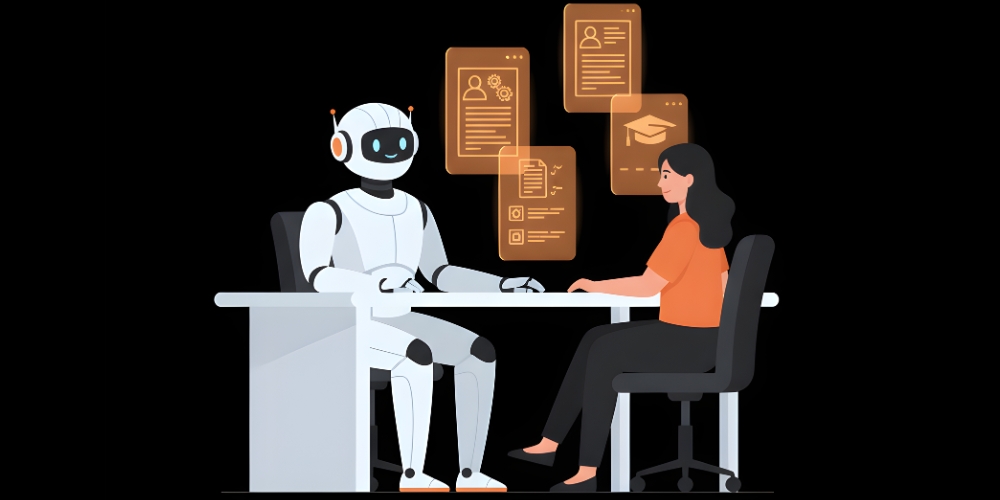
In essence, AI resume screening tools are software systems that use artificial intelligence to scan, parse and evaluate job applications. Instead of a recruiter manually reviewing every document, the tool assesses each submission against criteria such as skills, experience, keywords, job description match and sometimes even cultural fit.
These systems started with basic hiring software like applicant tracking setups and early parsing tools that only searched for certain words. Today, AI uses machine learning and natural language processing to read context and meaning instead of focusing only on exact matches. This helps companies expand their screening process and connect it with larger goals, such as employee onboarding process improvement by sending stronger candidate pipelines into the hiring funnel.
Spot the Smart Recruiter
Pick which action is AI-powered. Get instant feedback. Score 3/3 to win bragging rights.
-
Q1
Two recruiters tackle a stack of resumes. Which action is AI-powered?
-
Q2
A team wants faster shortlists. Which step shows AI at work?
-
Q3
A candidate uses an unusual job title. Which action recognises fit?
Your Result
How AI Transforms Resume Screening

Changing from traditional methods
With manual recruitment screening, recruiters would read resumes line by line, mark those that seem to fit and discard the rest based on gut feel and experience. With AI in place, the process becomes faster, more consistent and more data-driven. For example, nearly 99% of hiring managers surveyed said they use AI in some part of hiring and 98% saw efficiency gains.
What types of data do these tools analyze?
AI systems often assess structured details (education, years of experience) and unstructured information (skills listed in paragraphs, project descriptions, context around achievements). Some tools go further and examine how a candidate’s experience aligns with the job description. This marks the difference between older keyword-based screening and newer context-based systems.
Benefits for recruiters and companies
By automating large parts of the screening process, companies can reduce time-to-hire, handle higher application volumes and support employee onboarding process optimization by starting with better matched hires. For example, a tool might help identify a candidate who not only meets role requirements but also aligns with culture and retention goals.
Balancing automation with human judgment
Even as automation takes on more of the initial workload, human recruiters remain central. Recent data shows that 93% of hiring managers believe human judgment is still important. That means AI handles volume and consistency while humans handle nuance, conversation and final decisions.
How AI Transforms Resume Screening
Drag the handle to compare “Then” vs “Now”. Steps light up as the process improves.
Then
- 1 Open resume files one by one
- 2 Scan for exact keywords
- 3 Manual shortlist after long review
- 4 Forward to hiring manager
Now
- 1 Upload resumes into ATS
- 2 AI parses context and skills
- 3 Ranked shortlist for review
- 4 Send top matches to manager
Pros and Cons of AI Resume Screening
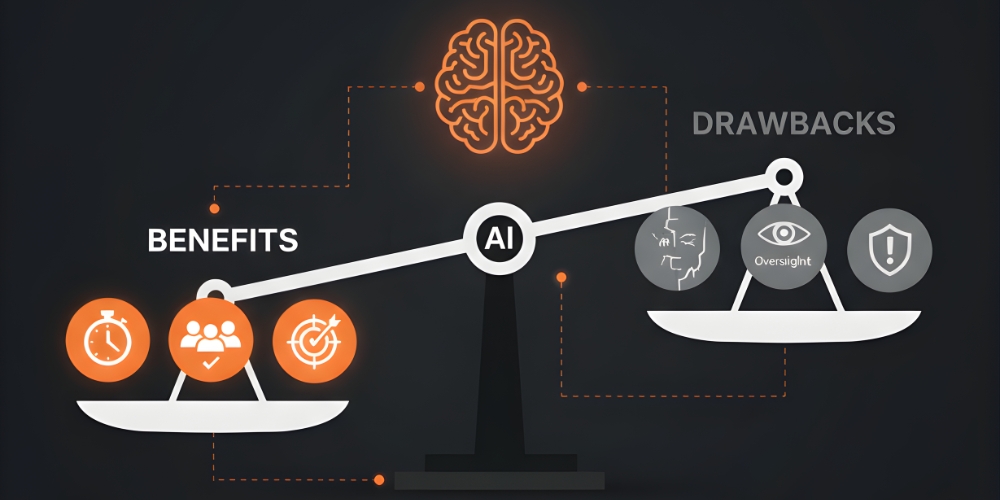
Pros
- Speed: Screening hundreds or thousands of resumes becomes feasible in a fraction of the time.
- Consistency: Every applicant is assessed against the same criteria, reducing arbitrary differences.
- Enhanced scale: Organizations running high-volume recruitment (e.g., quantitative or customer service roles) benefit from automation to manage large applicant pools.
- Supports the employee onboarding process optimization: Better screening results in a better match between the hire and the role, improving onboarding outcomes and reducing early turnover.
Cons
- Risk of overlooking unique candidates: Individuals with different experiences or resumes that do not match the standard format can be undervalued.
- Bias and fairness issues: When the system learns from biased past data, it can repeat or even strengthen unfair patterns.
- Over-reliance may reduce the human element of hiring: Attributes like culture fit, personality and potential aren’t always captured by AI.
- Accuracy limitations: While tools can be highly effective, they are not perfect. For example, matching candidates to job requirements is complex and performance depends on the quality of training data and definitions of “fit”.
Real-World Examples of AI Resume Screening
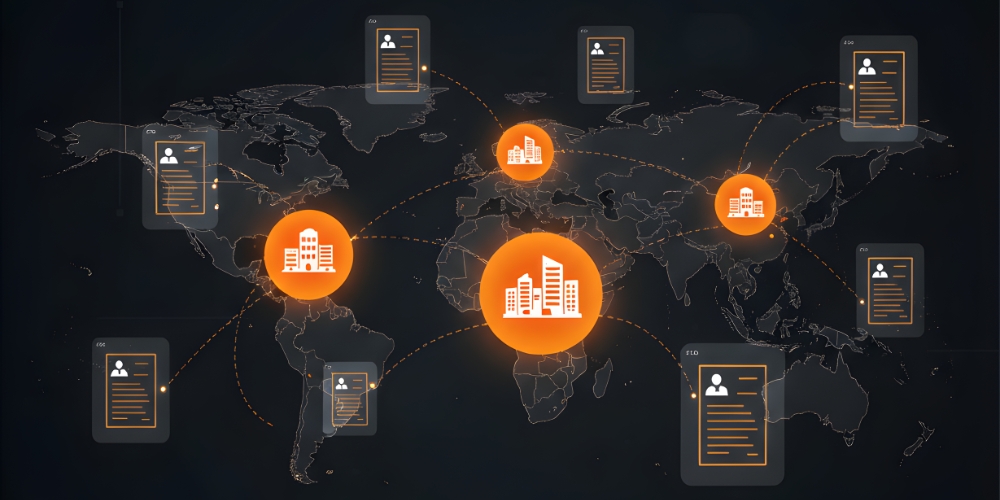
Large employers are no longer the only ones using AI resume screening tools.
Unilever, for instance, adopted an automated CV screening system integrated with AI video interviews to handle over 250,000 applications yearly. Recruiters reported cutting hiring time by nearly 75 percent while improving candidate satisfaction.
Similarly, Hilton Hotels uses AI software to match applications to roles faster and with fewer errors. The tool highlights candidates most likely to pass training and stay beyond the first six months, directly improving retention and overall employee onboarding process optimization.
Even smaller firms use accessible AI plug-ins with applicant tracking systems. These platforms score resumes, predict success based on skills overlap and send recommendations straight to hiring dashboards. The result is a streamlined shortlist ready for human review not a replacement for human judgment, but a sharper starting point.
Common Challenges in AI Resume Screening
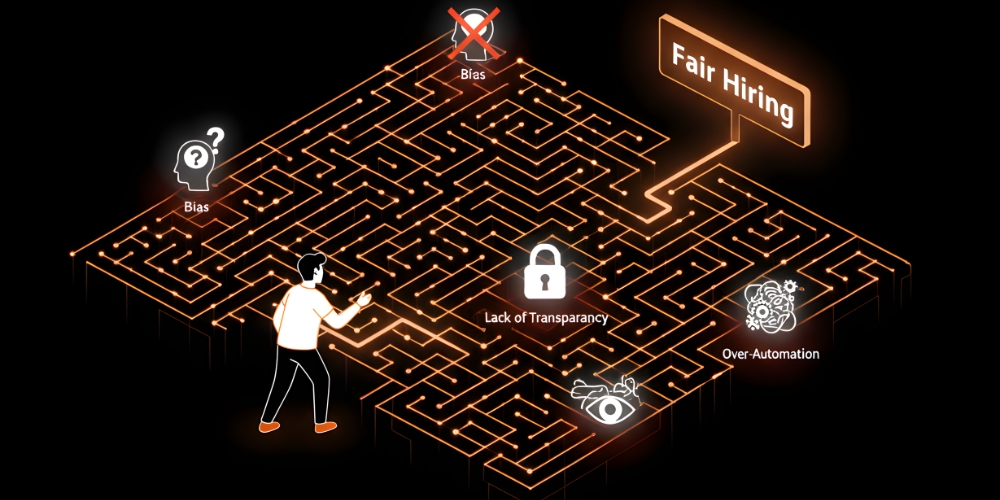
While these tools bring clear advantages, they also introduce new challenges that recruiters must navigate carefully.
Bias in data remains the most discussed risk. Algorithms learn from historical hiring information which can reflect old preferences or discriminatory trends. If unchecked, the model may favor certain schools, experiences or language patterns that mirror previous hires. This is why most companies now conduct independent audits or use explainable AI features to ensure fairness.
Another challenge is transparency. Recruiters may not always know exactly how a resume score is calculated. If a candidate asks for feedback, explaining the reason for rejection can become difficult when the decision path involves complex models.
Then comes the issue of over-automation. AI might rank candidates perfectly on paper yet miss critical nuances such as motivation, cultural alignment or transferable skills from unrelated industries. For example, someone shifting from a non-profit role to marketing may appear under-qualified despite having relevant experience. Platforms that integrate AI talent assessment tools help here by blending technical scoring with soft-skill evaluation, giving a fuller picture before interviews begin.
Finally, there’s the human factor. Recruiters must remember that these platforms are assistants, not authorities. The best hiring results still come from balancing machine analysis with empathetic, people-focused decision-making.
Common Challenges in AI Resume Screening
Solve each mini-situation. Pick the best fix. Get instant feedback and a running score.
-
S1
AI rejects a qualified applicant because the resume is a scanned PDF with unusual layout.
-
S2
Top-ranked shortlist is skewed toward one gender for a sales role.
-
S3
Candidates ask why they were rejected. The team cannot explain model decisions.
-
S4
High performers from non-traditional paths are ranked low due to keyword mismatch.
Your Result
Conclusion
AI is a daily reality. Companies use it to scan thousands of resumes, speed up hiring and strengthen their employee onboarding process optimization goals. Yet, every recruiter must strike the right balance between automation and authenticity.
When used thoughtfully, AI resume screening tools can help eliminate repetitive work, uncover hidden talent and make fairer decisions. The key lies in combining what machines do best which is processing data quickly, with what humans do best and understanding people.
FAQs
Yes, it can happen if the algorithm prioritizes certain keywords or formats. That’s why most teams use AI only for shortlisting, followed by manual checks to ensure strong applicants aren’t missed.
Modern systems use contextual understanding rather than pure keyword matching, so they can recognize transferable skills even if titles or industries differ. Still, recruiters should review any “borderline” profiles manually to catch creative or career-shifting candidates.
Small businesses can absolutely benefit. Many software providers now offer affordable subscription models that integrate into existing workflows. For smaller teams, this can save valuable time, reduce hiring bias and ensure every applicant gets fair visibility.

